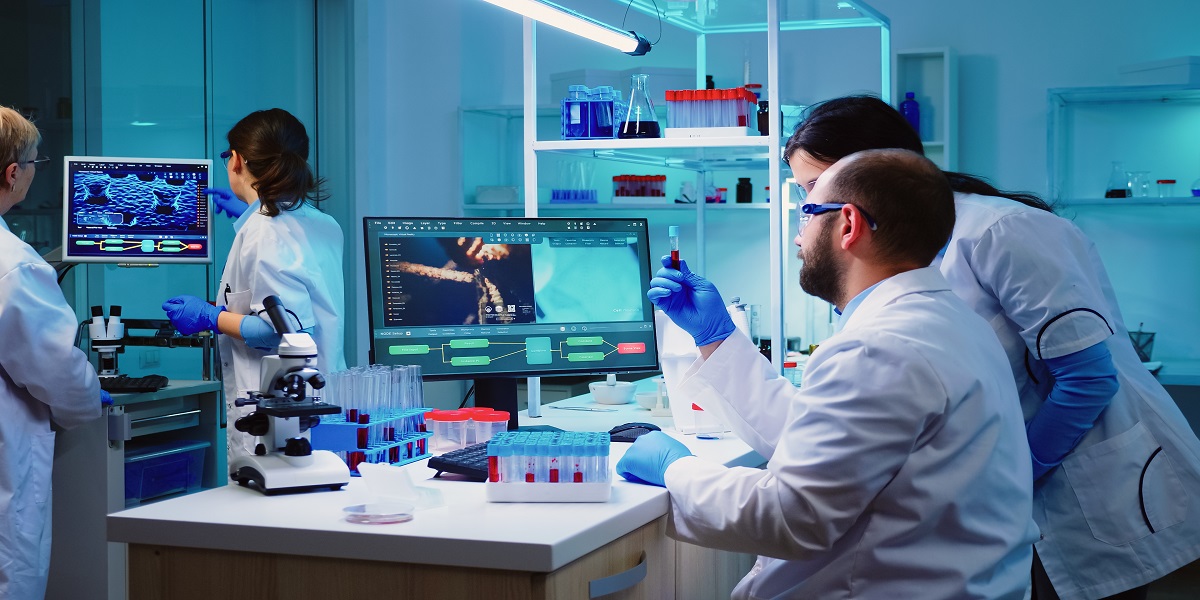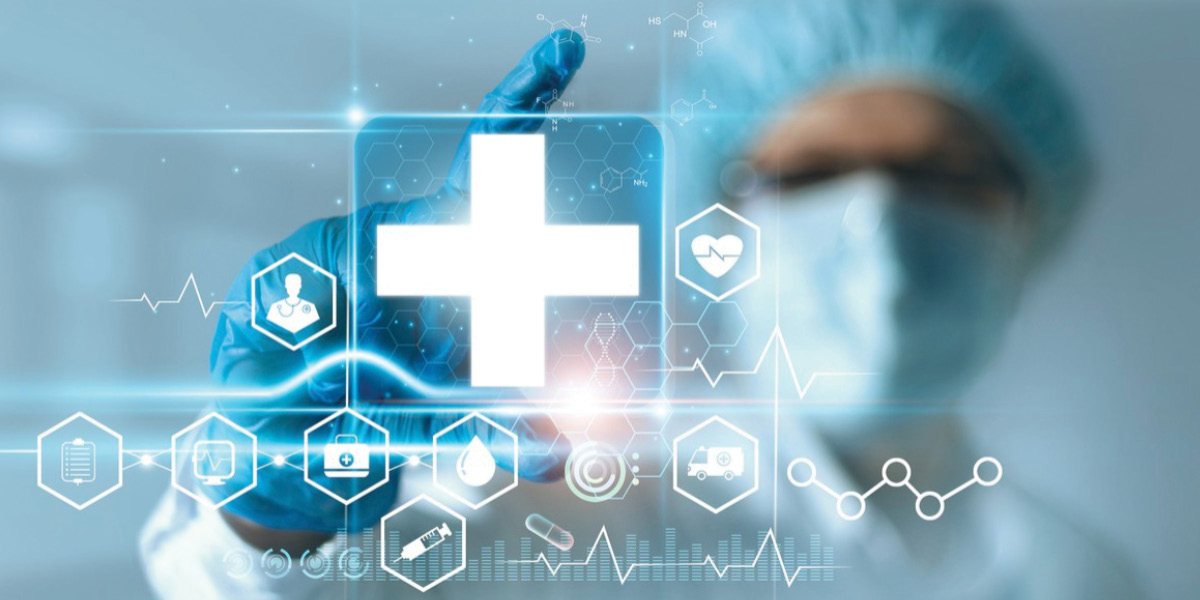In recent years, the field of healthcare has witnessed remarkable advancements, and a significant contributor to this progress is the evolution of medical equipment. These cutting-edge tools and devices play a pivotal role in diagnosis, treatment, and patient care, enabling healthcare professionals to provide more accurate and efficient services. In this article, we will explore the latest trends and innovations in medical equipment that are transforming the landscape of modern healthcare.
Diagnostic Imaging Equipment:

- Magnetic Resonance Imaging (MRI) Magnetic Resonance Imaging has undergone substantial improvements, with higher resolution and faster scanning times. Advanced software algorithms enhance image clarity, enabling physicians to detect and diagnose conditions with unprecedented precision.
- Computed Tomography (CT) Scan CT scans have become faster and more accessible, reducing radiation exposure while providing detailed cross-sectional images. Innovations like dual-energy CT and spectral imaging enhance diagnostic capabilities, allowing for more accurate disease characterization.
Telemedicine Devices:
- a. Remote Patient Monitoring* The integration of wearable devices and sensors allows healthcare providers to remotely monitor patients’ vital signs and health metrics. This technology facilitates timely intervention, especially for individuals with chronic conditions, improving overall patient outcomes.
- b. Teleconsultation Platforms* Teleconsultation platforms have gained prominence, offering patients the convenience of consulting with healthcare professionals from the comfort of their homes. High-quality video conferencing and secure data transmission ensure effective communication between patients and healthcare providers.
Surgical and Interventional Equipment:
- a. Robot-Assisted Surgery* Robotic systems in surgery continue to evolve, enhancing precision and reducing invasiveness. Surgeons can now perform complex procedures with greater accuracy, leading to shorter recovery times and minimized postoperative complications.
- Interventional Radiology Equipment Advancements in interventional radiology tools enable minimally invasive procedures for various conditions. These include angioplasty, embolization, and catheter-based treatments, offering patients less pain and quicker recovery compared to traditional surgical methods.
Point-of-Care Testing Devices:
The development of compact and portable diagnostic devices allows for on-the-spot testing, expediting the diagnostic process. Point-of-care testing devices are particularly valuable in emergency situations, providing rapid results for conditions such as infectious diseases and cardiac markers.
Smart Healthcare Infrastructure:

The integration of Internet of Things (IoT) technology in medical equipment has led to the creation of smart healthcare systems. These interconnected devices and systems enhance data sharing, streamline workflows, and contribute to more efficient healthcare delivery.
Wearable Health Technology:
The rise of wearable health technology has empowered individuals to take a proactive role in managing their well-being. Devices like smartwatches and fitness trackers not only monitor physical activity but also track vital signs such as heart rate, sleep patterns, and stress levels. This real-time data allows users to make informed decisions about their lifestyle and facilitates early detection of potential health issues.
Advanced Monitoring Systems:
In hospital settings, advanced monitoring systems have become integral to patient care. These systems offer continuous tracking of vital signs, alerting healthcare providers to any deviations from normal parameters. This proactive monitoring enhances patient safety, enabling prompt intervention in critical situations.
3D Printing in Healthcare:
The application of 3D printing technology has revolutionized the manufacturing of custom medical devices, prosthetics, and even tissue scaffolds. This allows for personalized solutions tailored to individual patient needs. Surgeons can use 3D-printed models for preoperative planning, leading to more precise and effective procedures.
Nanotechnology in Medicine:
Nanotechnology has made significant strides in medicine, with potential applications ranging from targeted drug delivery to diagnostic imaging. Nanoscale devices can navigate the human body at a molecular level, offering the prospect of more effective and less invasive treatment options.
Artificial Intelligence in Medical Equipment:
The integration of artificial intelligence (AI) has propelled medical equipment to new heights. AI algorithms can analyze vast datasets, aiding in the interpretation of medical images, predicting disease progression, and assisting in decision-making processes. This technology has the potential to improve diagnostic accuracy and treatment outcomes.
Future Prospects:
The future of medical equipment holds immense promise, with ongoing research and development in fields like nanotechnology, AI, and biotechnology. Innovations in these areas are likely to further personalize healthcare, making it more effective, accessible, and patient-centered. As technology continues to converge with healthcare, the synergy between these two fields will undoubtedly lead to groundbreaking advancements.
Conclusion:
Medical equipment continues to undergo rapid transformation, revolutionizing the way healthcare is delivered. From advanced diagnostic imaging tools to innovative surgical equipment and smart healthcare infrastructure, these advancements contribute to improved patient outcomes, enhanced efficiency, and a more accessible healthcare system. As technology continues to evolve, the future holds even more promising developments in medical equipment, shaping the landscape of healthcare for years to come.
The continuous evolution of medical equipment is reshaping the landscape of healthcare, ushering in an era of precision, efficiency, and patient-centric care. From diagnostics to treatment and beyond, these advancements not only benefit healthcare professionals in their daily practice but also empower individuals to actively participate in their health and well-being. As we look to the future, the symbiotic relationship between technology and medicine promises a healthcare system that is not only more advanced but also more compassionate and tailored to the unique needs of each patient.
